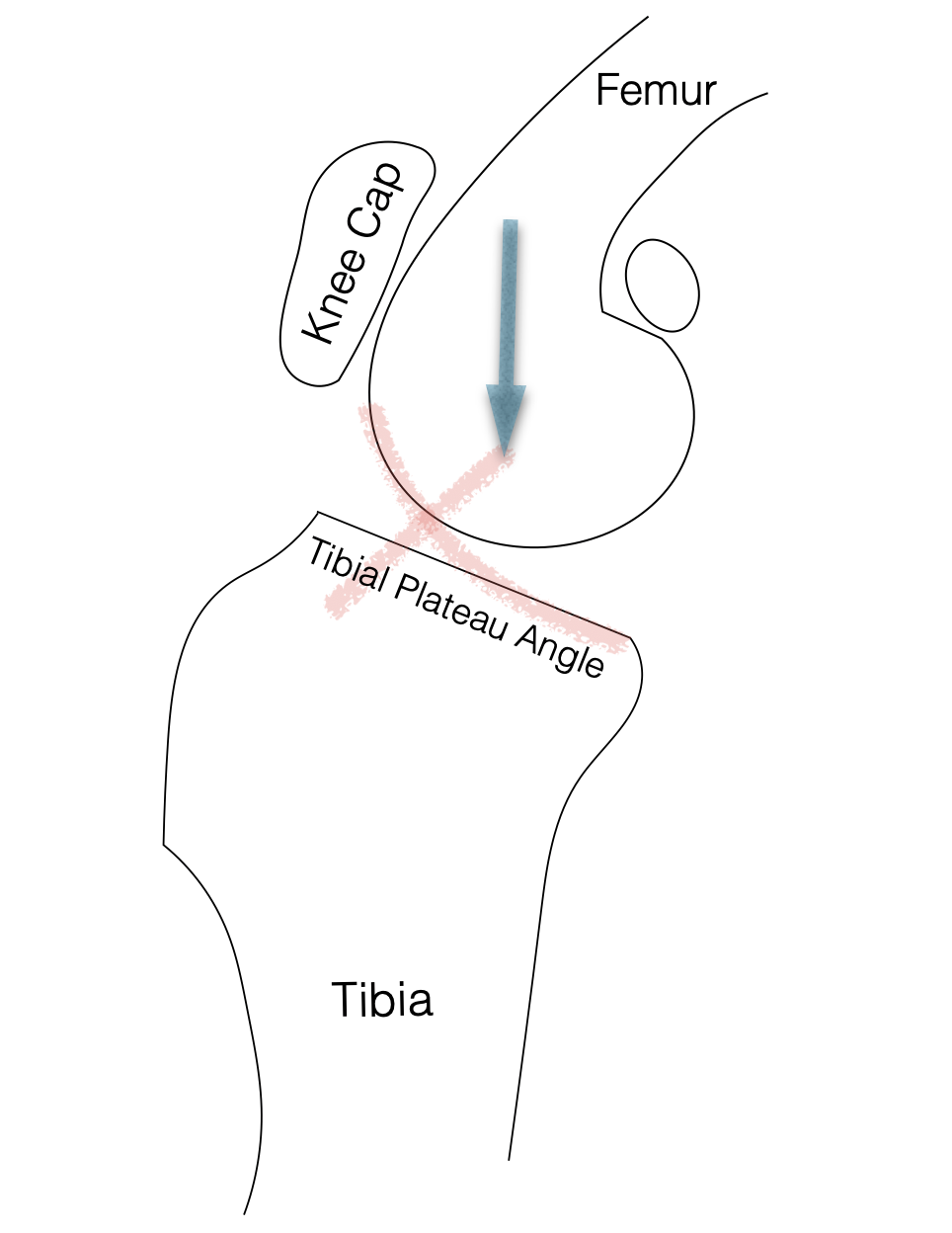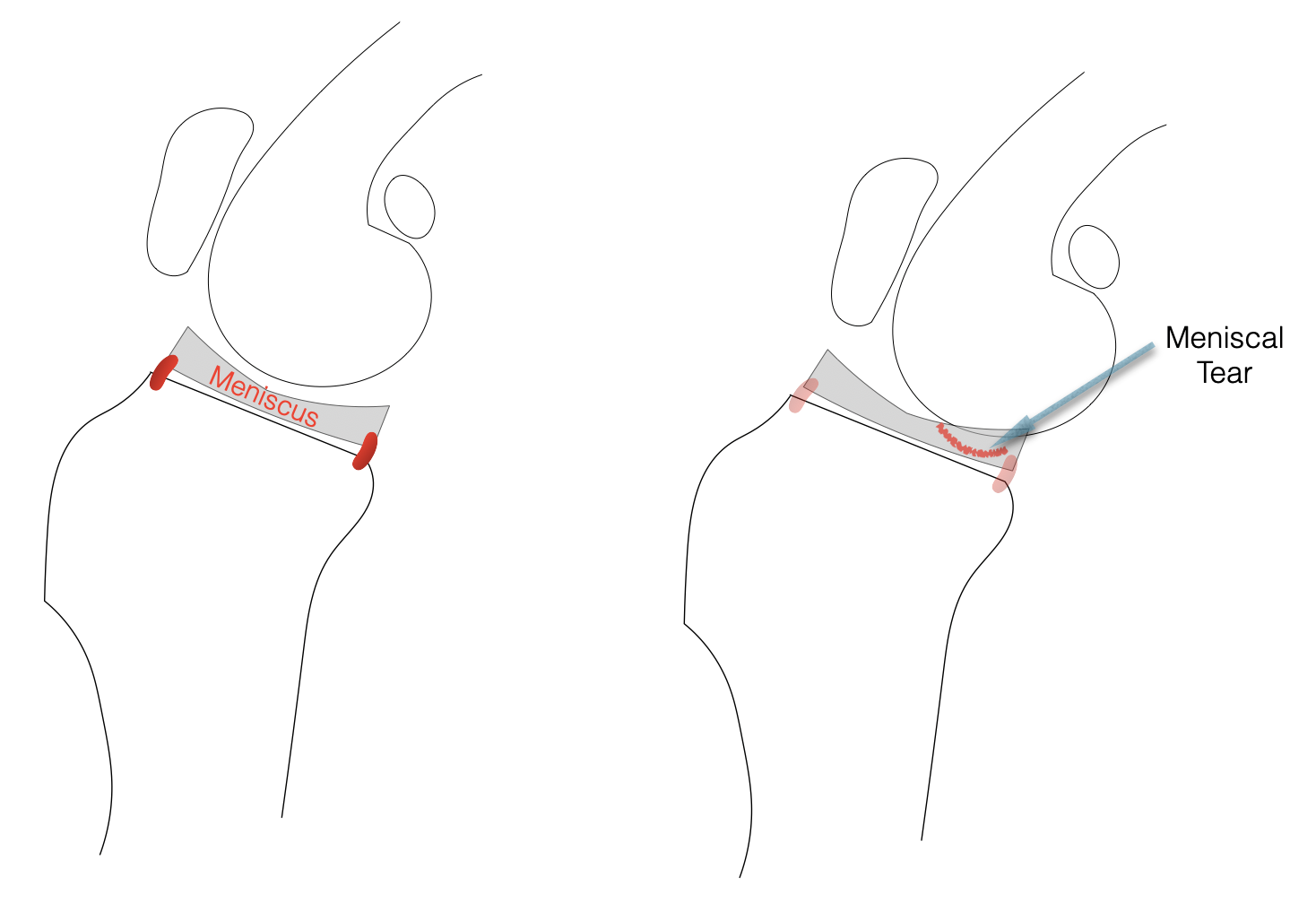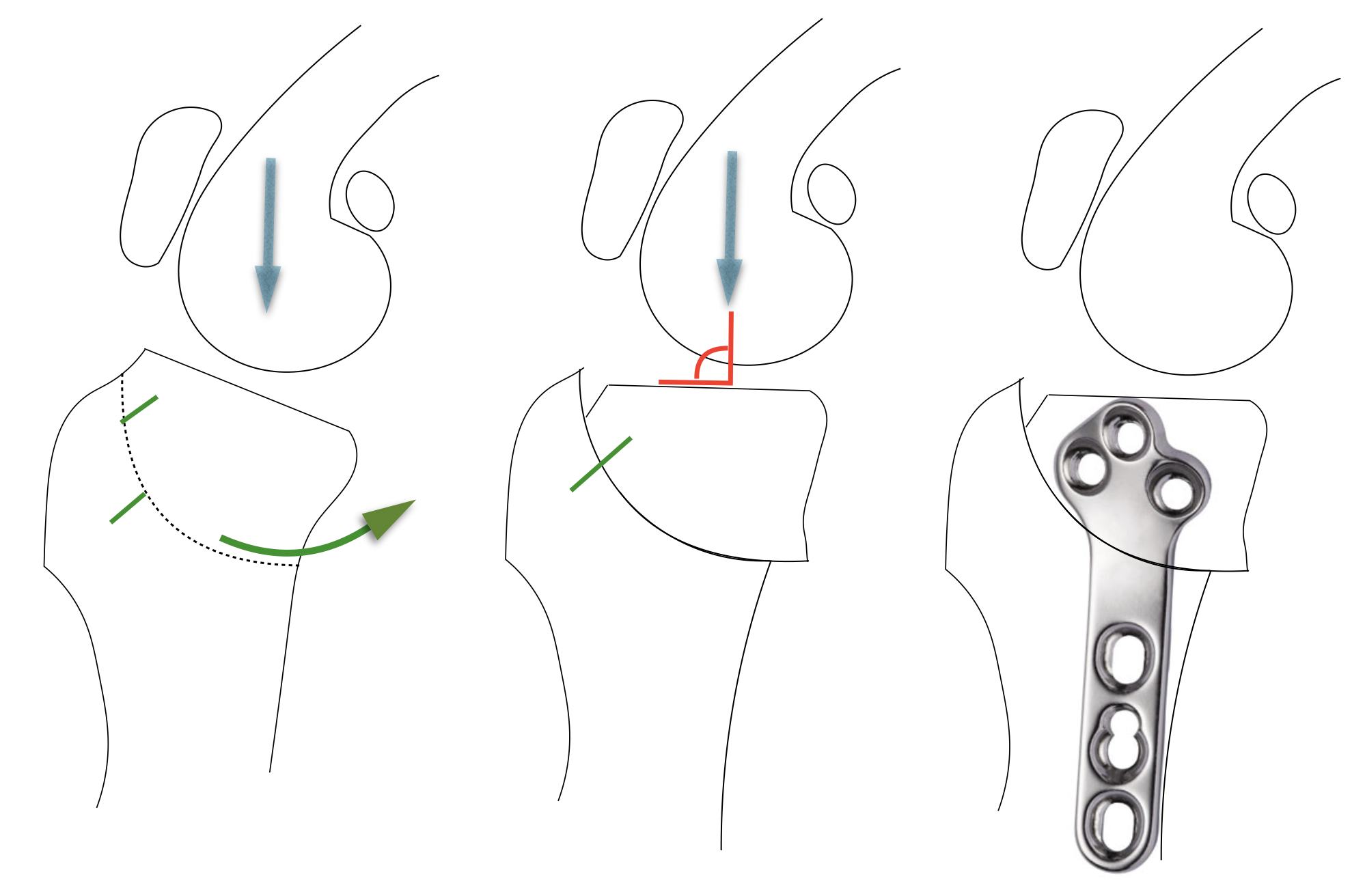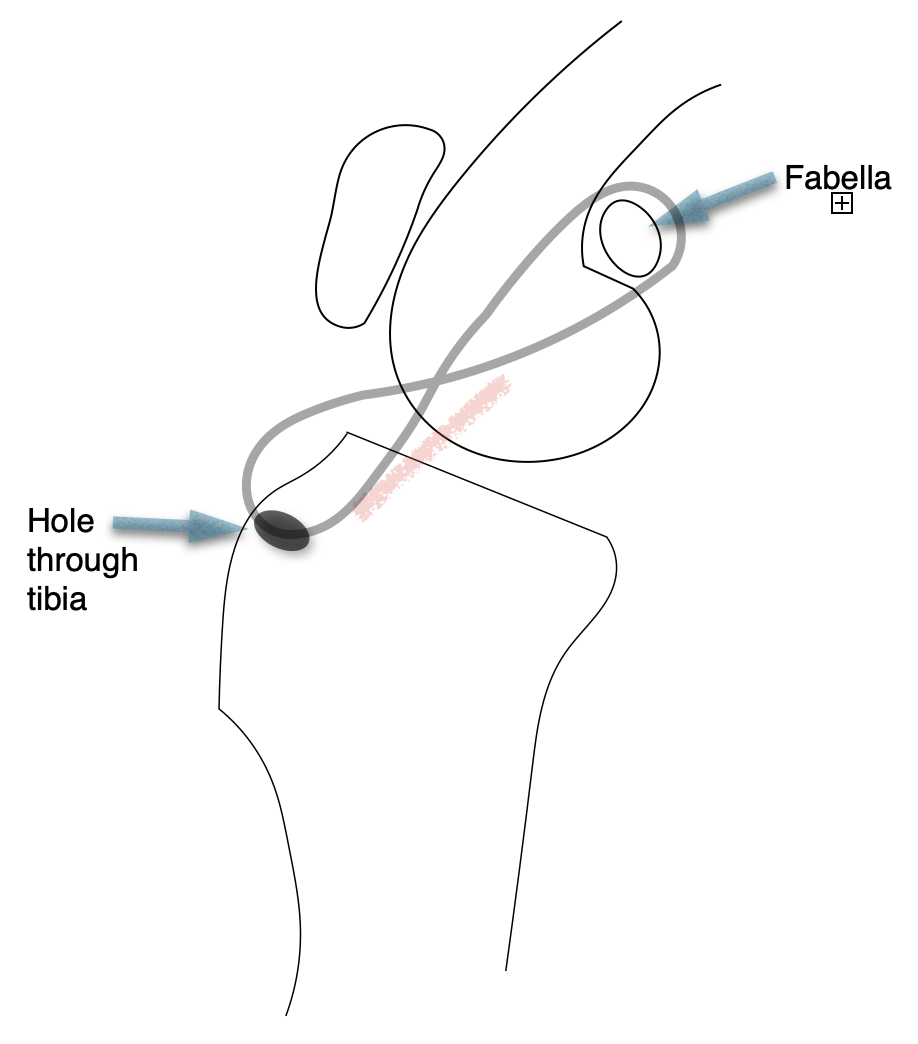CCL Surgery
CCL Stands for Cranial Cruciate Ligament
Cranial cruciate ligament tears can be partial or complete. The amount of clinical lameness (limping) seen does not differentiate partial from complete tears. However, partial tears tend to have episodes of severe lameness after a burst of activity that improves (but does not disappear) over the following 4-5 days as the inflammation in the knee subsides. Because partial tears typically progress to a complete tear, they are treated the same as a complete tear.

A torn CCL is a diagnosis made by a physical exam, not X-rays. However, X-rays are needed to demonstrate supportive evidence as well as evaluate joint swelling, the severity of osteoarthritis, joint angle (tibial plateau angle), and to rule out other causes of lameness. The three main physical exam findings most consistently identified in CCL rupture patients are joint swelling, instability (cranial drawer/cranial tibial thrust), and pain with hyperextension of the knee.
One of the largest differences between the human knee and the canine knee is the Tibial Plateau Angle (TPA). In humans, the TPA is 0-10 degrees, whereas in the dog the average TPA is about 25 degrees. During normal weight-bearing, the down forces through the knee are transmitted about perpendicular to the ground. (arrow).




Recovery
Recommendations for recovery from knee surgery can vary widely. Some encourage aggressive physical therapy starting the first week out of surgery and others focus on strict exercise restriction. Postoperative recommendations need to be tailored to each patient. In general, we recommend encouraging short stents of low impact weight-bearing on a leash for the first 6 weeks followed by increased duration and intensity of activity (on a leash) for the following 6 weeks. A radiograph is taken 10-12 weeks postoperatively to document bone healing for the TPLO. Once we have established a healed or progressively healing bone, higher impact activity can begin. It is not uncommon that intermittent lameness can be seen after trying new and more vigorous activities. Most dogs will work these “kinks” out during the fourth month postoperatively when higher impact activities begin.
